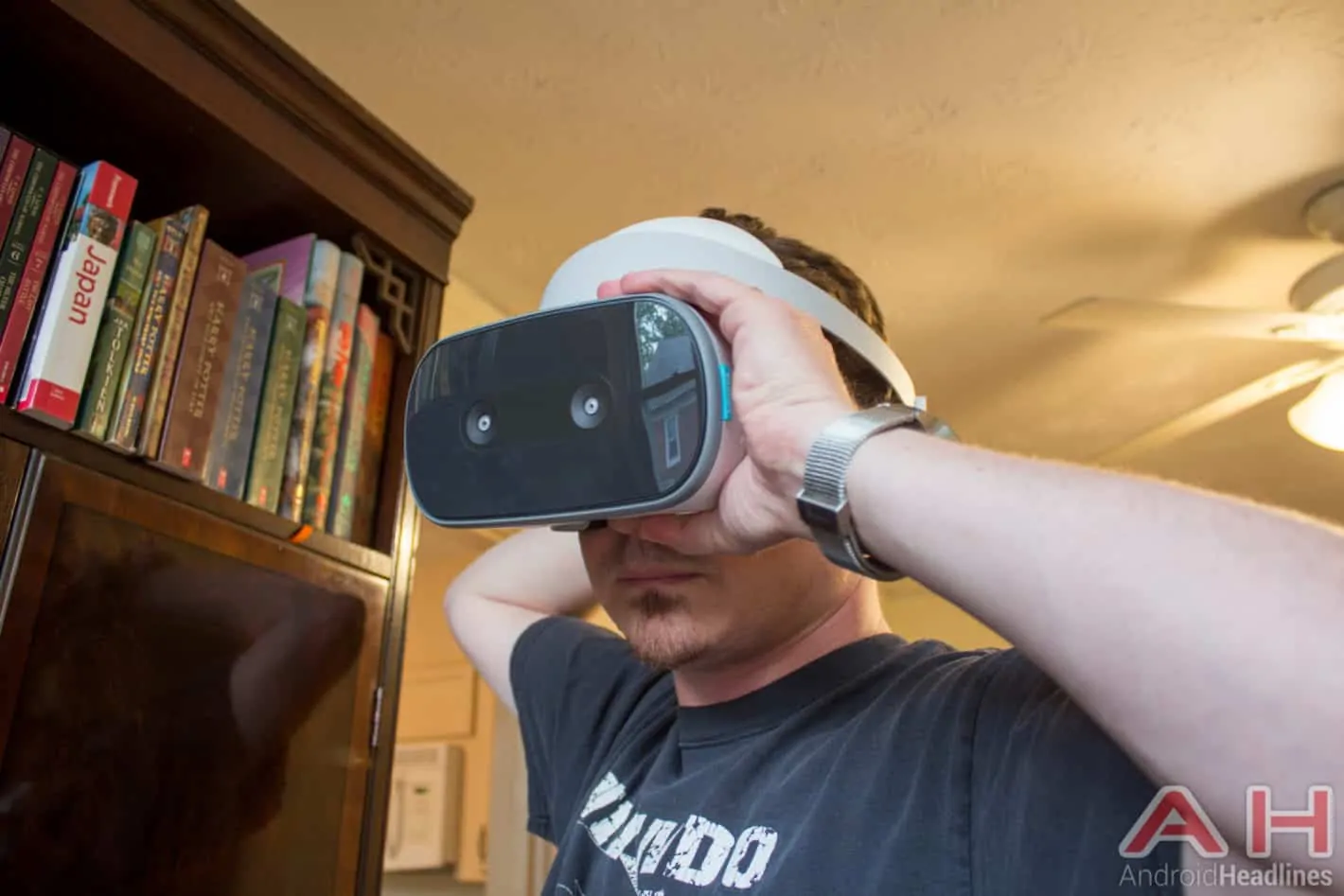The European Space Agency (ESA) has released a video touting a new round of experiments being conducted on the International Space Station using VR to gain a better understanding of how sensory organs are impacted in space. The full title of the project is French Gravitational References for Sensimotor Performance: Reaching and Grasping experiment (GRASP) and, in the shortest possible terms, it focuses on the role of gravity in hand-eye coordination. Through GRASP, the researchers behind the study are hoping to not only provide more comprehensive guidance to astronauts during spacewalks and improve the effectiveness with which they operate unmanned vehicled and robotic technologies. They also believe that the research will have a significant impact on how to treat disorders across a range of symptoms for those individuals remain Earthbound. Specifically, those would be associated with vertigo, dizziness, balance, spatial orientation, and other disorders linked with the workings of the inner ear.
The video itself is compressed from around 20 minutes to just over a minute. It shows footage of an astronaut, Alexander Gerst, interacting with a virtual world via VR while afloat on the space station. While the larger project focuses on the wider vestibular system, the video’s central point is gravity’s impact on how humans grasp objects. Similar experiments for all of those completed outside of the atmosphere are completed on earth for the GRASP researchers to make comparisons. In those terrestrial versions, participants are laying down, while astronauts must be strapped in to avoid floating aimlessly and dangerously around the designated room on the orbital lab. Throughout the video, viewers get some indication of what Gerst is seeing via the headset and the type of interactions being undertaken. In the case of this trial, the astronaut is interacting with 3D objects in a virtual tunnel-like space.
The results of the tests won’t likely be known until all of those have been completed and the ESA hasn’t provided a timeline for that, as of this writing. However, there’s a good chance that as with nearly all studies taking place in the outer reaches of Earth’s noticeable gravitational field, what is ultimately learned will be far beyond the initial scope of experimentation.

